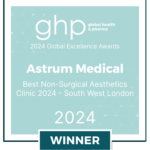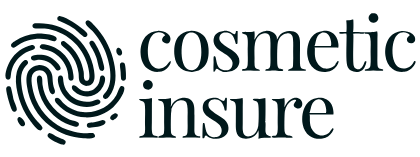When you think about traditional facelifts involving extensive surgery and long recovery periods, Endolift treatment stands out as a minimally invasive alternative that uses advanced laser technology with no surgical incisions. You might wonder how this outpatient procedure manages to offer targeted skin tightening and collagen stimulation while allowing you to resume daily activities within days. By understanding the differences in downtime, risk profiles, and overall cost, you’ll discover why Endolift could be the more accessible option, especially for those seeking subtle enhancements. So, what makes Endolift an attractive choice for younger individuals?
Key Takeaways
– Endolift is minimally invasive, requiring small incisions and localised treatments, reducing downtime and associated risks.
– Endolift utilises advanced laser technology for precision targeting and collagen stimulation, minimising tissue damage.
– Recovery time for Endolift is significantly shorter, with patients resuming daily routines within days.
– Endolift treatments generally have lower complication rates and use local anaesthesia, enhancing safety.
– Endolift results last 1-2 years, while traditional facelifts offer more enduring effects up to 10 years.
Minimally Invasive Procedure
When it comes to facial rejuvenation, the term “minimally invasive procedure” often stands out, especially in comparison to traditional facelifts.
These procedures, like Endolift, offer significant advantages regarding patient comfort and treatment accessibility. Unlike traditional facelifts, which involve extensive surgical intervention, minimally invasive procedures require only small incisions and localised treatments. This means you can achieve rejuvenated skin with less downtime and fewer risks.
Patient comfort is a primary concern with any cosmetic procedure. With Endolift, you’ll experience minimal discomfort, as the procedure is typically performed under local anaesthesia. This reduces the need for general anaesthesia, which can carry higher risks and longer recovery times.
The technique involves the use of micro-fibers that are inserted into the subcutaneous layer of the skin, stimulating collagen production and tightening tissue without extensive cutting or stitching.
Treatment accessibility is another key benefit. Minimally invasive procedures can often be performed in an outpatient setting, making them more accessible to a broader range of patients.
You’ll find that these procedures aren’t only quicker but also more cost-effective than traditional facelifts, allowing for facial rejuvenation without the extensive burden of surgery.
Advanced Laser Technology
Another compelling aspect of Endolift is its use of advanced laser technology, which sets it apart from traditional facelifts. By utilising a highly specialised laser, Endolift offers unparalleled laser precision, targeting specific tissues to achieve ideal results. The laser’s wavelength is meticulously calibrated to stimulate collagen production and promote skin tightening, enhancing the overall treatment effectiveness.
Unlike traditional facelifts, which involve extensive surgical procedures, Endolift leverages this cutting-edge laser to deliver energy directly to the subdermal layers. This targeted approach minimises damage to surrounding tissues and focuses on areas that require rejuvenation. The laser’s precision enables practitioners to contour and lift the skin with remarkable accuracy, providing natural-looking results without the need for extensive recovery time.
Furthermore, the laser technology used in Endolift allows for real-time monitoring and adjustments during the procedure. This guarantees that the treatment is tailored to your specific needs, enhancing its effectiveness and safety.
You’ll benefit from a more personalised approach to facial rejuvenation, with outcomes that are both immediate and long-lasting. By embracing advanced laser technology, Endolift redefines facial treatments, offering a sophisticated alternative to traditional surgical facelifts.
No Surgical Incisions
In contrast to traditional facelifts that require surgical incisions, Endolift eliminates the need for such invasive methods. This non-surgical procedure uses advanced laser technology to target and tighten skin, promoting collagen production without the necessity for cuts or stitches.
As a result, you experience a significant enhancement in patient comfort, avoiding the pain and potential complications associated with surgical interventions.
With Endolift, treatment customization is another key advantage. The procedure allows for precise targeting of specific facial areas, giving you the ability to address your unique aesthetic concerns.
Whether it’s sagging jowls, under-eye bags, or loose skin around the neck, the laser fibres can be adjusted to your needs, optimising results while maintaining safety. This tailored approach contrasts sharply with the more generalised techniques often used in traditional facelifts.
Moreover, the absence of surgical incisions minimises the risk of infection and scarring, providing a safer, more comfortable experience.
You won’t have to worry about the lengthy and often painful recovery periods associated with conventional facelifts. Instead, Endolift offers a streamlined, efficient solution designed to enhance your appearance without the drawbacks of surgical procedures.
Reduced Downtime
Endolift treatment greatly reduces downtime compared to traditional facelifts. Unlike conventional facelifts, which may require weeks of recovery, Endolift offers a minimally invasive alternative with notably shorter healing periods.
Patients often return to their daily routines within a few days, making it an appealing option for those with demanding schedules.
Patient testimonials frequently highlight the treatment’s efficiency and minimal disruption to their lives. You’ll find that individuals who’ve undergone Endolift report manageable post-procedure discomfort and rapid improvements in facial contour.
Such feedback is essential for setting realistic treatment expectations and reassuring you of the low-impact nature of the procedure.
The technique uses laser fibre to stimulate collagen production and melt excess fat, resulting in tighter, more youthful skin.
This targeted approach minimises tissue trauma and accelerates recovery time. You can expect minor swelling or bruising, which typically resolves quickly, allowing you to resume normal activities almost immediately.
Risk and Safety Profile
When considering any aesthetic procedure, understanding the risk and safety profile is paramount. Endolift treatment, a modern, minimally invasive technique, generally boasts lower complication rates compared to traditional facelifts.
With Endolift, you’re not subjected to extensive incisions, reducing the risk of infection, scarring, and prolonged recovery times. On the other hand, traditional facelifts involve more extensive surgical intervention, which inherently carries higher risks such as hematoma, nerve damage, and deep vein thrombosis.
Safety measures are integral to both procedures but differ in scope and complexity. Endolift employs laser technology to stimulate collagen production and tighten skin from within, minimising trauma to the surrounding tissues. This technology allows for precise targeting, which reduces the likelihood of adverse effects.
In contrast, traditional facelifts require general anaesthesia, which adds another layer of risk, including potential allergic reactions and complications from anaesthesia itself.
Additionally, Endolift’s minimally invasive nature means it’s usually performed under local anaesthesia, further decreasing associated risks. Your practitioner will employ stringent antiseptic protocols and use high-quality, sterile equipment to guarantee your safety throughout the Endolift procedure.
Cost Comparison
While understanding the risk and safety profile is fundamental when choosing between Endolift treatment and traditional facelifts, evaluating the financial aspect is equally important.
Endolift treatments generally present a lower financial burden compared to traditional facelifts. This affordability can be attributed to the minimally invasive nature of Endolift, which often requires fewer resources and shorter procedure times.
Traditional facelifts, however, involve extensive surgical intervention, leading to higher costs due to the need for anaesthesia, operating room fees, and longer postoperative care.
Affordability factors for Endolift include reduced downtime and faster recovery, which translates to less time off work and lower overall expenses. In addition, the non-surgical approach eliminates costs associated with surgical risks and complications.
On the other hand, traditional facelifts entail a more prolonged recovery period, leading to potential lost wages and additional costs for follow-up care.
Many clinics offer various financing options to make both treatments more accessible. Payment plans, medical loans, and credit options are available to help manage the financial commitment.
Recovery Experience
A patient’s recovery experience is an important factor to take into account when choosing between Endolift treatment and traditional facelifts. Endolift treatment, being minimally invasive, typically offers a shorter recovery period. You can expect less post-procedure discomfort, making pain management more straightforward. Over-the-counter analgesics often suffice, reducing the need for stronger medications that come with more side effects.
In contrast, traditional facelifts involve more extensive surgical intervention, leading to a longer recovery period. You’ll likely experience more significant swelling, bruising, and discomfort, necessitating more thorough pain management strategies, including prescription painkillers. The increased downtime can impact your daily activities and emotional well-being, requiring more substantial emotional support from those around you.
Additionally, Endolift’s minimal invasiveness means fewer complications, further easing your recovery. You can resume regular activities much sooner, enhancing your overall experience.
Emotional support is critical during recovery from any aesthetic procedure, but it’s particularly important for traditional facelift patients due to the extended healing period and visible postoperative changes.
Choosing between Endolift and traditional facelifts should consider not only the physical recovery but also your need for pain management and emotional support during this period.
Longevity of Results
Understanding the recovery experience is just one part of the decision-making process. When considering Endolift treatment versus traditional facelifts, you should also think about the longevity of results. Endolift leverages laser technology to enhance skin elasticity and stimulate collagen production, providing a more youthful appearance. However, natural ageing processes continue to affect your skin over time.
Here are the key differences in the longevity of results between Endolift and traditional facelifts:
- Duration: Endolift results typically last around 1-2 years, depending on factors like skin type and lifestyle. In contrast, traditional facelifts can offer more enduring results, often lasting up to 10 years.
- Maintenance: With Endolift, you might need periodic touch-ups to maintain the desired effect, given that the skin’s natural ageing process persists. Traditional facelifts generally don’t require such frequent maintenance.
- Skin Elasticity: Endolift improves skin elasticity and texture by stimulating collagen. However, traditional facelifts provide more dramatic, immediate tightening of the skin, which might be more beneficial for those with significant sagging.
Both procedures have their merits, but understanding the expected longevity and maintenance requirements can help you make an informed choice tailored to your individual needs.
Ideal Candidates
Determining the ideal candidates for Endolift treatment versus traditional facelifts involves evaluating specific criteria for each procedure.
For Endolift, age considerations play a significant role. Typically, younger patients, ranging from their late 30s to early 50s, with mild to moderate skin laxity are ideal candidates. This is because Endolift is minimally invasive and works best for those who require subtle enhancements rather than extensive lifting.
In contrast, traditional facelifts are better suited for older individuals, usually over the age of 50, who exhibit significant sagging and deeper wrinkles. This surgical procedure provides a more thorough rejuvenation, addressing extensive skin laxity and loss of facial volume.
Skin types also factor into the decision-making process. Endolift is versatile and can be effective for various skin types, including those with thinner skin that may not tolerate extensive surgical manipulation.
On the other hand, traditional facelifts require a certain degree of skin elasticity to achieve ideal results. Patients with thicker, more resilient skin tend to fare better with this invasive option.
Frequently Asked Questions
How Soon Can I Return to Work After an Endolift Treatment?
You can typically return to work within a few days post-Endolift treatment. The recovery timeline is shorter, offering greater work flexibility compared to traditional procedures. Always follow your physician’s advice to guarantee ideal healing and results.
Can Endolift Be Combined With Other Cosmetic Procedures?
Did you know 75% of patients see enhanced results with combined treatments? You can combine Endolift with other cosmetic procedures, amplifying Endolift benefits and providing more extensive facial rejuvenation, tackling multiple aesthetic concerns simultaneously.
What Are the Common Side Effects of Endolift Treatment?
You may experience mild Endolift complications such as swelling, bruising, or minor discomfort. Endolift recovery typically involves minimal downtime, with most side effects resolving within a few days. Always consult your practitioner for personalised medical advice.
How Does Endolift Affect Skin Texture and Elasticity?
Coincidentally, you’ll notice skin rejuvenation almost immediately with Endolift. The laser stimulates collagen production, enhancing skin texture and elasticity. This non-invasive procedure tightens your skin, making it look smoother and more youthful without extensive recovery time.
Are There Any Specific Post-Treatment Care Instructions for Endolift?
You should follow these post-treatment tips: avoid strenuous activities, keep the treated area clean, and apply prescribed ointments. The recovery process typically involves mild swelling and bruising, which usually subsides within a week.
Conclusion
You’ve discovered how Endolift treatment sets itself apart from traditional facelifts. Imagine this: over 90% of patients return to their daily routines within just a few days post-procedure. This minimally invasive option, utilising cutting-edge laser technology, offers reduced downtime and fewer complications. It’s a cost-effective choice that guarantees quicker recovery and subtle enhancements, making it ideal for younger individuals. Don’t let extensive surgery hold you back when modern advancements like Endolift are available.




